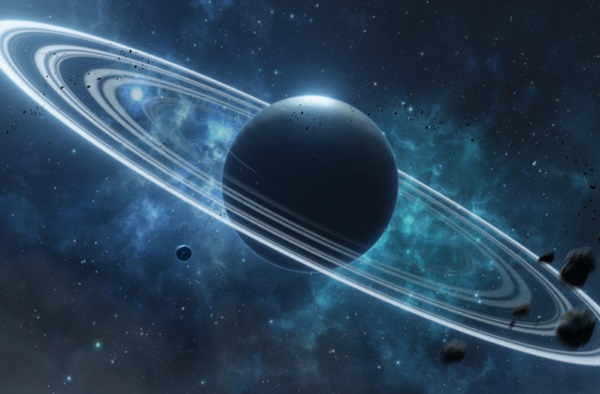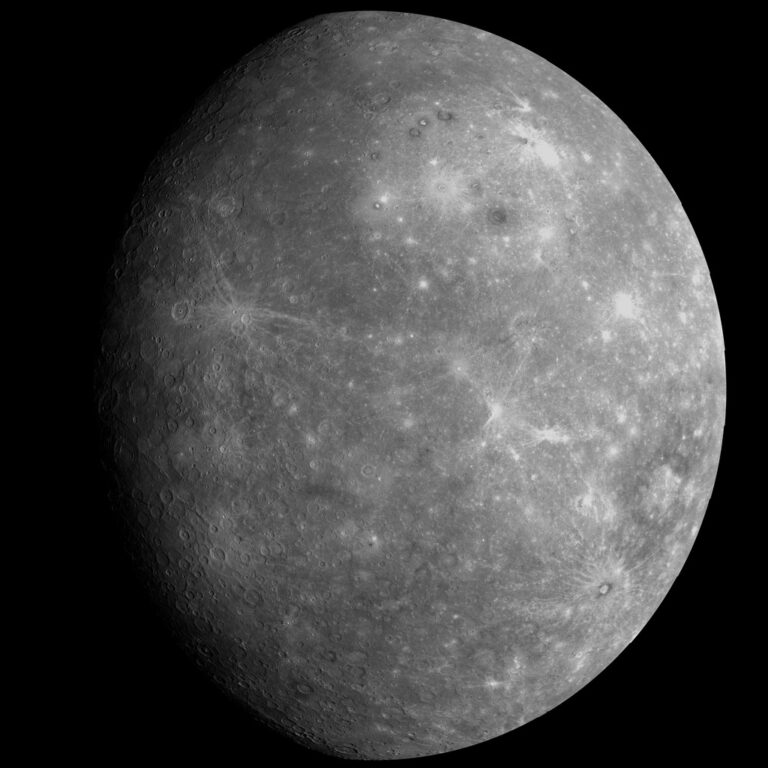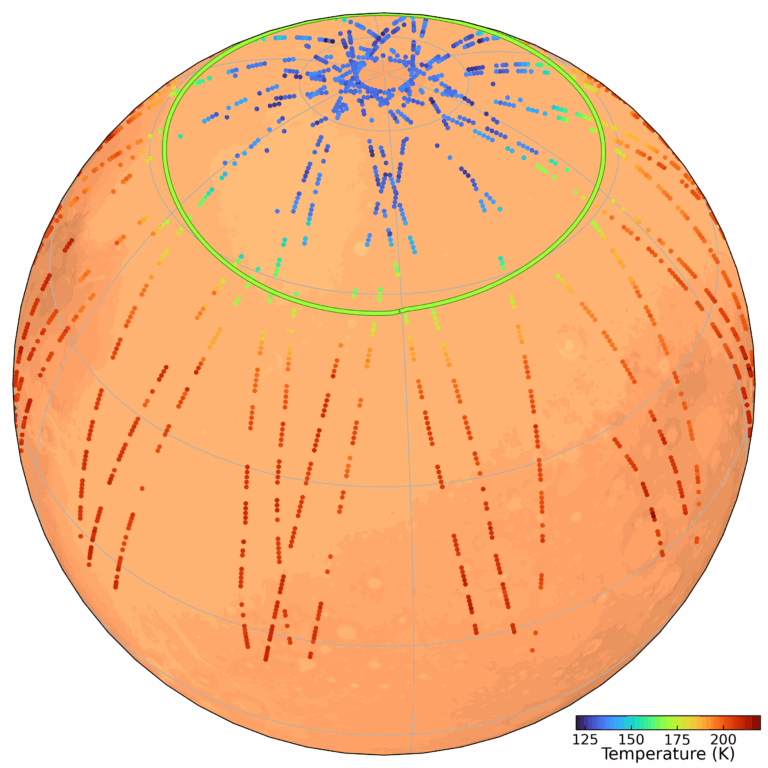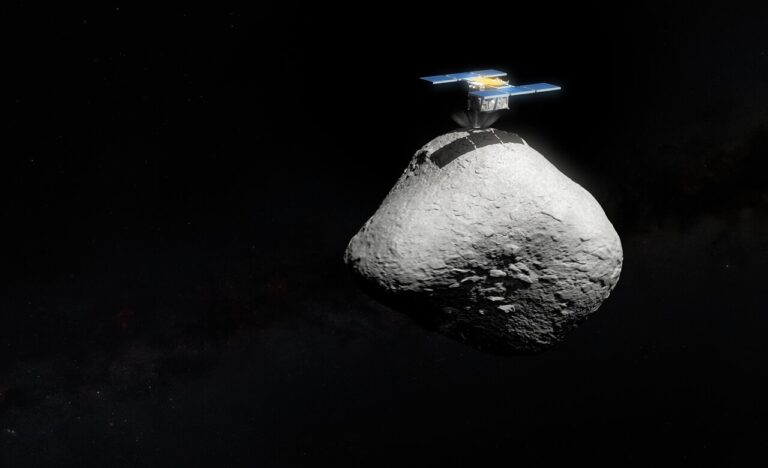Key Takeaways:
- Uranus' tilted spin might be due to a lost, large moon.
- This moon's gravity slowly tilted Uranus over time.
- The moon's outward drift caused this tilting effect.
- The process ended when the moon possibly collided with Uranus.
One of the most bizarre phenomena in our solar system is the strange way that Uranus spins on its side. That’s a puzzle because all the other planets spin upright. What could have happened to make Uranus so different, particularly from its neighbor Neptune, which formed at roughly the same time in similar circumstances?
The conventional thinking holds that soon after the solar system formed, Uranus was knocked on its side by a series of collisions with some of the numerous planetesimals that swept through the region at that time.
The problem with this theory is that Neptune survived the same conditions unscathed. This suggests some other process was responsible for Uranus’ bizarre behavior. But what could it be?
Toppled orbit
Now we get a potential answer thanks to the work of Melaine Saillenfest at the Paris Observatory in France, and colleagues, who think that Uranus could have become tilted on its side in another way. They say the tilting can be explained if Uranus once had a large ancient satellite whose orbit interacted gravitationally with the planet’s own rotation in a way that slowly flipped it on its side.
First, some background. Astronomers have long realized that the gravitational relationship between planets and their satellites can be complex and long-lived. Indeed, small satellites can have a significant impact on their larger hosts by their repeated gravitational nudging as they orbit.
When the nudges occur at a frequency that resonates with a property of the host planet, the effects can be significantly magnified, particularly when the satellite is slowly drifting away from its host.
Astronomers know the Moon is migrating slowly away from Earth at a rate of about 1.5 inches (3.8 centimeters) a year. But recent observations have revealed that the satellites around Jupiter and Saturn are also migrating.
This suggested to Saillenfest and colleagues that something similar may have occurred with Uranus. In these conditions, gravitational nudges from a large satellite could have resonated with the precession of Uranus’ axis of spin, causing the planet to gradually tip onto its side.
The team simulated the process with Uranus to determine the conditions under which this could have occurred.
It turns out that a satellite just a thousandth the mass of Uranus could have tilted the planet as it migrated away from over a distance of about 10 times the radius of Uranus. “To achieve the tilting in less than the age of the solar system, the mean drift rate of the satellite must be comparable to the Moon’s current orbital expansion,” say Saillenfest and co.
The team’s simulations show that once the planet tilts beyond 80 degrees, its behavior and the satellite’ orbit, both become chaotic and unpredictable to the point where the satellite can collide with Uranus.
However, when this happens, Uranus behavior stabilizes and its spin become locked at this highly unusual, tilted angle. Tellingly, Uranus today does not have a big satellite, unlike Neptune, which has Triton, Saturn, which has Titan, and Jupiter, which has Ganymede and others.
Fossilized spin
That’s an interesting theory with much to commend it. “To our knowledge, this is the first time that a single mechanism is able to both tilt Uranus and fossilize its spin axis in its final state without invoking a giant impact or other external phenomena,” say Saillenfest and co.
However, it is by no means a slam dunk. “The conditions required for the tilting seem broadly realistic, but it remains to be determined whether Uranus could have hosted a big primordial satellite subject to substantial tidal migration,” say the astronomers.
One thing that could help throw more light on this scenario is a better understanding of the migration of Uranus’ satellites today as well as their other properties. For Saturn and Jupiter, much of this detail had to wait for the visit of various orbiting spacecraft, such as Galileo, Juno, and Cassini.
Just one spacecraft has made the lonely journey to Uranus. Voyager 2 swept passed in January 1986 on its way out of the Solar System. And although various space agencies have plans to send an orbiter, no mission has been approved.
Until they are, astronomers will have to make do with the ever more detailed observations from Earth and from the JWST. That data should be useful, say Saillenfest and co: “Our results can serve as a robust starting point for future experiments.”
Ref: Tilting Uranus via the migration of an ancient satellite: arxiv.org/abs/2209.10590










